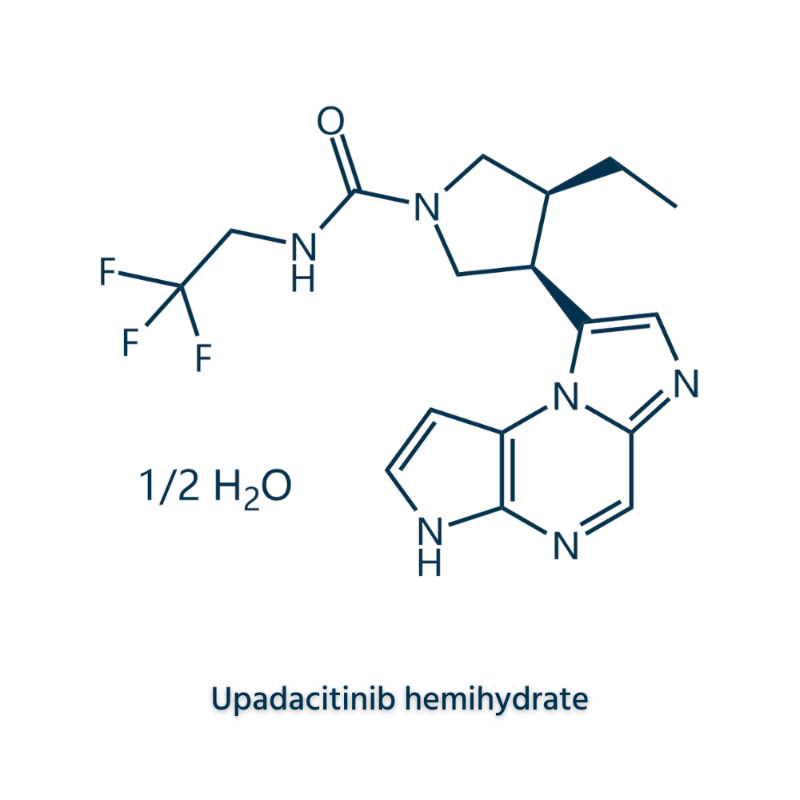-
Categories
-
Pharmaceutical Intermediates
-
Active Pharmaceutical Ingredients
-
Food Additives
- Industrial Coatings
- Agrochemicals
- Dyes and Pigments
- Surfactant
- Flavors and Fragrances
- Chemical Reagents
- Catalyst and Auxiliary
- Natural Products
- Inorganic Chemistry
-
Organic Chemistry
-
Biochemical Engineering
- Analytical Chemistry
-
Cosmetic Ingredient
- Water Treatment Chemical
-
Pharmaceutical Intermediates
Promotion
ECHEMI Mall
Wholesale
Weekly Price
Exhibition
News
-
Trade Service
Recently, a research paper that systematically evaluated the predictive power of 17 biomarkers of acute kidney injury
“ Assessment of 17 clinically available renal biomarkers to predict acute kidney injury in critically ill patients ”
Assessmentof 17 clinically available renal biomarkers to predict acute kidney injury in critically ill patientsPublished in the fourth issue of JTIM Magazine in 2021
Hou Yating Deng Yujun Chen Chunbo Xu Feng
Research Background
Research BackgroundSystematic estimates of renal biomarkers in intensive care unit (ICU) patients are lacking
Materials and Methods
Materials and MethodsThis prospective observational study, conducted in the ICU of Guangdong Provincial People's Hospital, investigated the ability of 17 serum or urine biomarkers, alone or in combination, to predict AKI or severe AKI
result
resultAKI occurred in 376 (25.
in conclusion
in conclusionWith the exception of CysC, most clinical biomarkers or combinations of clinical markers do not significantly improve predictive power and are not cost-effective
With the exception of CysC, most clinical biomarkers or combinations of clinical markers do not significantly improve predictive power and are not cost-effective
Original source:
Original source:Yating Hou, Yujun Deng, Linhui Hu, et al.
Yating Hou, Yujun Deng, Linhui Hu, et al.
Assessment of 17 clinically available renal biomarkers to predict acute kidney injury in critically ill patients.
Journal of Translational Internal Medicine, 2022.
Leave a Comment







